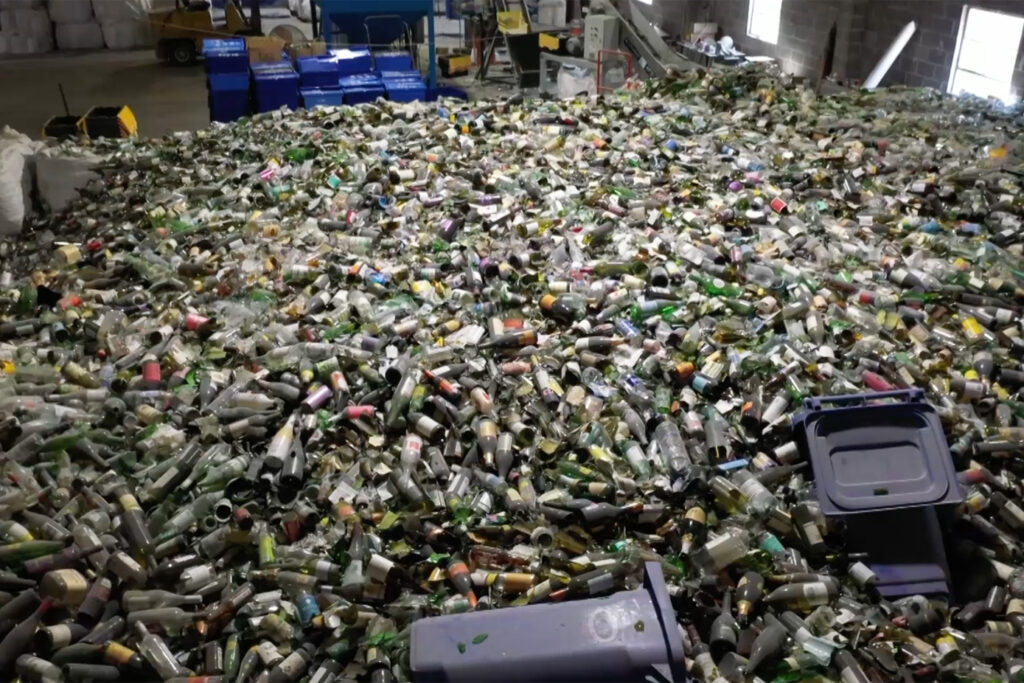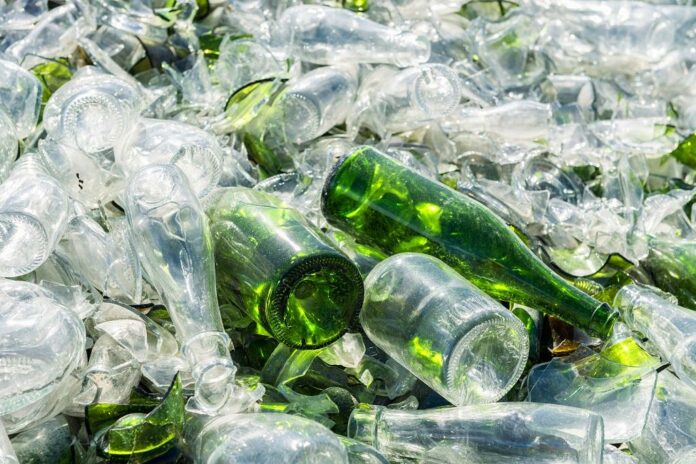Sand is one of the primary materials used in the construction of buildings and infrastructure Yet, the world is facing a shortage and climate scientists say it constitutes one of the greatest sustainability challenges of the 21st century. Sand use has increased due to surging urbanization. It far exceeds the natural rate at which sand is replenished by the weathering of rocks by wind and water.
Sand shortage around the globe
According to a CNBC report, the global use of sand and gravels is 10 times higher than that of cement. Extracting sand where it plays an active role, such as in rivers and coastal or marine ecosystems, can lead to erosion, salinization of aquifers, loss of protection against storm surges, and impacts on biodiversity. Sand mining affects the natural environment in many ways. A lot of this applies to India, where sand extraction is a major environmental problem. Both legal and illegal sand mining destabilized river banks and rendered them more prone to floods.

Addressing sand shortage with recycling waste
One of the ways of reducing the consumption of natural sand is to utilize wastes as an alternative material. Recycling of wastes could reduce the demand for virgin natural resources and help to dispose of them effectively. According to the World Bank’s What a Waste 2.0 report, the world generates 2.01 billion tonnes of municipal solid waste annually, with at least 33% of that not managed in an environmentally safe manner. It is imperative to minimize the amount of solid waste land filled every year to promote environmental sustainability, waste valorisation and to minimize resource consumption.
Waste glass as an alternative to natural sand
Waste glass, sometimes also called a cullet, is commonly found in mixed waste. Statistics show that volumes of waste glass generated every year are constantly increasing. It can be an alternative to traditional sand that could offer a double-duty benefit by addressing the geo-environmental challenges of natural sand depletion and disposal of ever-increasing waste glass. Both sand and waste glass have a similar chemical composition and contain silica as a primary mineral. Typically, waste glass has angular particles and exhibits geotechnical parameters similar to natural aggregates.

Geotechnical, mineralogical and morphological analysis of Waste glass
Danish Kazmi, a researcher, at the University of Queensland aims to develop sustainable geomaterials by recycling ever-increasing wastes. The study compared the geotechnical, mineralogical and morphological behaviour of crushed waste glass with that of two traditional types of construction sand. The findings showed that the geotechnical behaviour of crushed waste glass is similar, or sometimes even superior, to traditional construction sands. Overall, it was concluded that crushed waste glass could potentially serve as an alternative and smart geomaterial, ultimately promoting the recycling of waste glass, reducing the burden on landfill and conserving natural resources, all helping the transition towards a circular economy.
The research investigates geotechnical behaviour of crushed waste glass, natural sand and manufactured sand through characterisation and shear strength tests. Mineralogical and morphological tests were performed on the sources of sand to determine the chemical composition and particle shape of these materials. The mineralogical analysis was performed using x-ray fluorescence spectroscopy and morphological study was conducted by digitally analysing the particle of each material using images captured through an optical microscope.
Advantages of Waste glass
Using CWG as a replacement for natural sand could potentially offer two-pronged environmental and economic benefits, including a decrease in greenhouse gas emissions due to quarrying activities, reduction in an ever-increasing demand for natural sand, conservation of sand reserves, reduced travelling time and distance of sand, and greater cost-effectiveness.
Overall, crushed waste glass could potentially serve as an alternative and smart geo-material, promoting the recycling of waste glass, reducing the burden on landfills and conserving natural resources, all helping the transition towards a circular economy.
The research continues by comparing and experimentally analysing the geotechnical performance of ground improvement columns containing crushed waste glass, natural sand and manufactured sand.
References
downtoearth.org, kashmirobserver.net, thewire.in, cnbc.com


